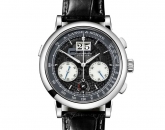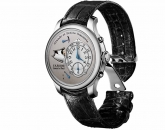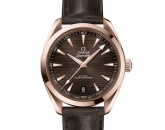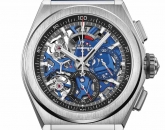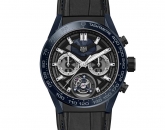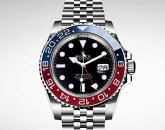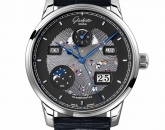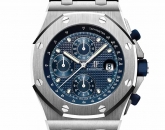
Oyster Perpetual Cosmograph Daytona
Created by Rolex in 1963, the Oyster Perpetual Cosmograph Daytona is a watch born to race. It has established an extraordinary track record in the world of motor sports thanks to its reliability and performance. Known simply as the “Daytona”, it has risen to the rank of an icon as one of the best-known chronographs in the world.
An essential part of the model’s identity is the bezel engraved with a tachymetric scale for measuring average speeds of up to 400 units of distance - miles or kilometres - per hour. The monobloc Cerachrom bezel in high-tech ceramic offers a number of advantages: it is corrosion resistant, virtually scratchproof and the colour is unaffected by UV rays. This extremely durable bezel also offers an exceptionally legible tachymetric scale, thanks to the deposition of a thin layer of 18 ct gold or platinum in the numerals and graduations via a PVD (Physical Vapour Deposition) process. The monobloc Cerachrom bezel is made in a single piece and holds the crystal firmly in place on the middle case, ensuring waterproofness.
The new Cosmograph Daytona versions are fitted with an Oysterflex bracelet, developed and patented by Rolex. This special bracelet combines in a singular way the robustness and reliability of a metal bracelet with the flexibility, comfort and aesthetics of an elastomer strap. At its core lies a superelastic metal blade overmoulded with a high-performance black elastomer, a material that is particularly resistant to environmental effects and very durable. The Oysterflex bracelet fits with an 18 ct yellow, white or Everose gold Oysterlock safety clasp that prevents accidental opening.
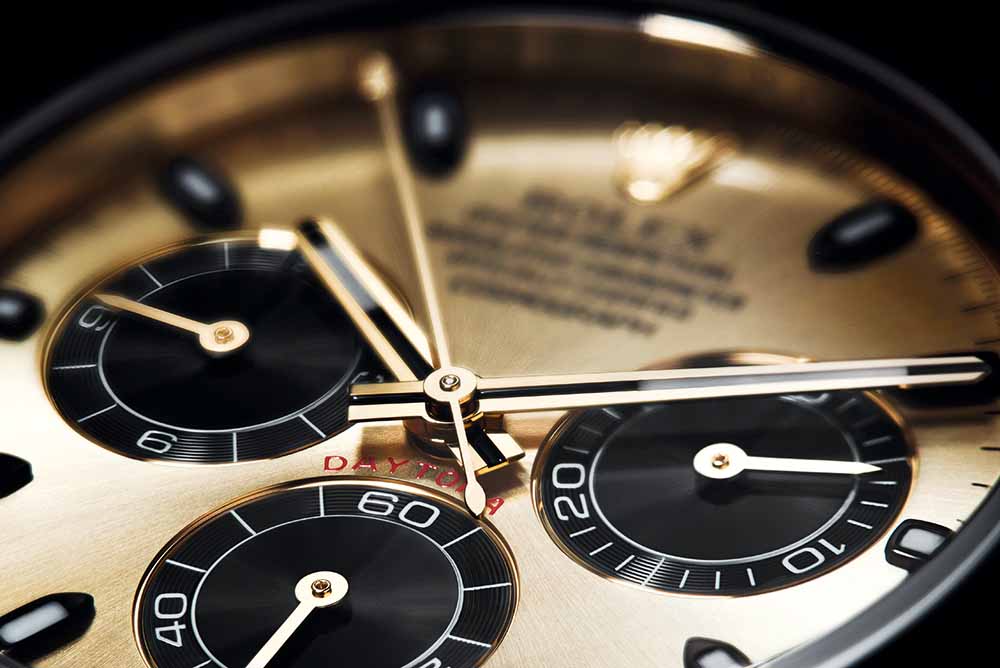
Pages
Click here to see the published article.



